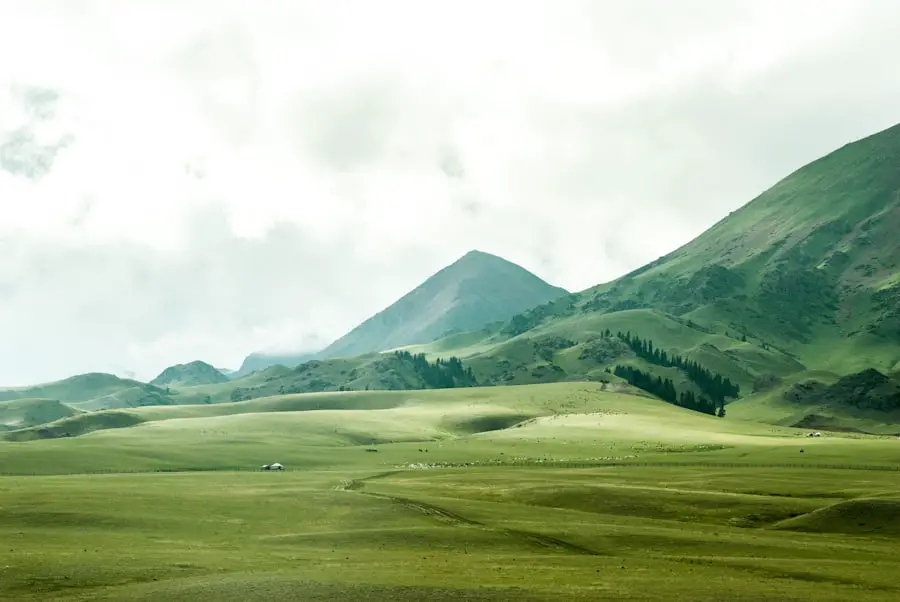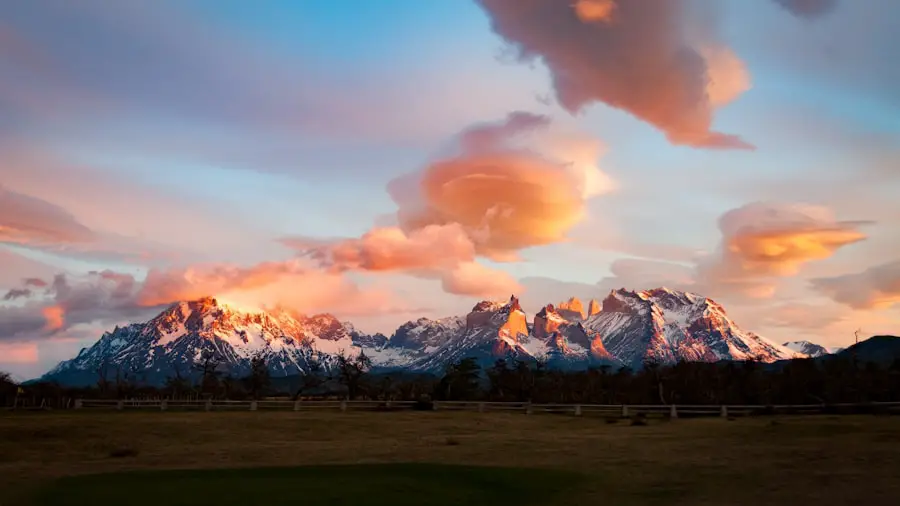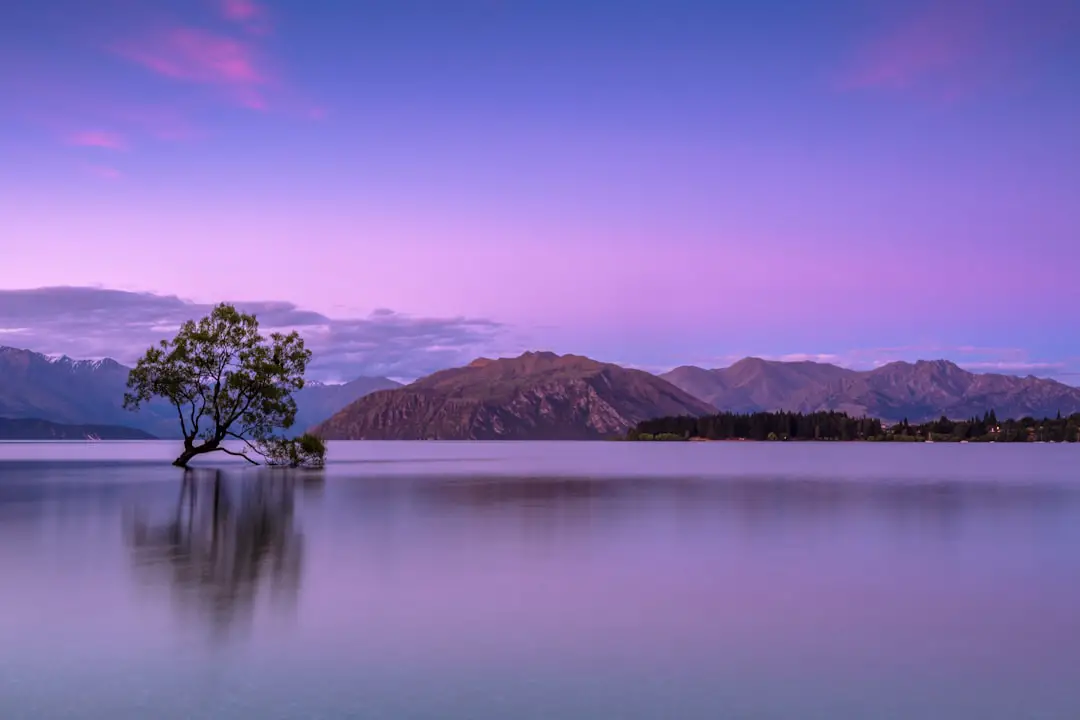Chile’s geography is remarkably diverse, stretching over 4,300 kilometers from north to south, which results in a wide range of climatic conditions. The northern region, characterized by the Atacama Desert, is one of the driest places on Earth. Here, temperatures can soar during the day, often exceeding 30°C (86°F), while nights can be surprisingly cool.
The unique climate allows for a variety of ecosystems, including salt flats and oases, making it a fascinating destination for those interested in arid landscapes. As one moves southward, the climate shifts dramatically. Central Chile, where the capital city of Santiago is located, experiences a Mediterranean climate with hot, dry summers and mild, wet winters.
This region is known for its vineyards and agricultural production, benefiting from the seasonal rains that nourish the land. Further south, in Patagonia, the weather becomes more unpredictable and temperate, with strong winds and frequent rainfall. The southernmost regions can experience snow in winter, while summer brings long daylight hours perfect for exploration.
Key Takeaways
- Chile has a diverse climate, with the north being desert-like, the central region having a Mediterranean climate, and the south being cooler and wetter.
- The peak tourist seasons in Chile are during the summer months of December to February, and also during the winter months of June to August for skiing and snowboarding.
- The off-peak travel seasons in Chile are during the shoulder months of March to May and September to November, offering lower prices and fewer crowds.
- Special events and festivals in Chile include Fiestas Patrias in September, the Viña del Mar International Song Festival in February, and the Valparaiso New Year’s Eve fireworks.
- Outdoor activities in Chile range from hiking in the Andes mountains, surfing along the coast, to exploring the Atacama Desert and the Chilean Lake District.
Peak Tourist Seasons in Chile
Summer Fun in the Sun
The summer months of December to February are the most popular time to visit Chile, coinciding with warm weather and school vacations in many countries. During this period, popular destinations such as Santiago, Valparaíso, and the coastal regions experience a surge in tourists eager to enjoy the beaches and outdoor activities.
Festive Atmosphere and Winter Sports
The vibrant atmosphere during the summer months is palpable, with numerous festivals and events taking place across the country. In addition to summer, the ski season from June to September draws winter sports enthusiasts to the Andes mountains. Resorts like Valle Nevado and La Parva become bustling hubs for skiing and snowboarding.
Planning Ahead for Peak Seasons
The combination of excellent snow conditions and breathtaking mountain scenery makes this a prime time for both local and international tourists. Consequently, travelers planning to visit during these peak seasons should be prepared for larger crowds and higher prices for accommodations and activities.
Off-peak Travel Seasons in Chile

Traveling to Chile during the off-peak seasons can offer a more tranquil experience, allowing visitors to explore without the hustle and bustle of large crowds. The shoulder seasons of spring (September to November) and autumn (March to May) present an excellent opportunity for those looking to enjoy milder weather and fewer tourists. During these months, travelers can witness the blooming of wildflowers in the central regions or enjoy the stunning fall foliage in Patagonia.
Visiting during the off-peak season also often means more affordable travel options. Accommodations may offer lower rates, and popular attractions may have shorter lines or even special promotions. Additionally, this time of year allows for a more intimate experience with local culture, as travelers can engage more deeply with residents and participate in community events that may not be as accessible during peak times.
Special Events and Festivals in Chile
| Event Name | Location | Date | Attendance |
|---|---|---|---|
| Fiestas Patrias | Throughout Chile | September 18-19 | Millions |
| Viña del Mar International Song Festival | Viña del Mar | February | Tens of thousands |
| La Tirana Festival | Tirana | July 16-19 | Hundreds of thousands |
Chile is rich in cultural heritage, and its calendar is filled with vibrant festivals that celebrate everything from traditional music to local cuisine. One of the most significant events is Fiestas Patrias, celebrated in mid-September to commemorate Chile’s independence. This national holiday features parades, traditional dances like the cueca, and an abundance of delicious food such as empanadas and asado (barbecue).
Towns and cities across the country come alive with festivities that showcase Chilean pride. Another notable event is the Festival de Viña del Mar, held annually in February. This international music festival attracts artists from around the world and features a week-long celebration of music, culture, and entertainment.
The festival culminates in a grand competition where artists perform before thousands of fans at the Quinta Vergara amphitheater. Attending this festival provides a unique opportunity to experience Chilean hospitality while enjoying performances from both local talent and international stars.
Outdoor Activities in Chile
Chile’s diverse landscapes offer an abundance of outdoor activities that cater to adventure seekers and nature lovers alike. In the north, the Atacama Desert provides opportunities for stargazing due to its clear skies and minimal light pollution. Visitors can embark on guided tours to explore salt flats, geysers, and unique rock formations while learning about the region’s geology and ecology.
Moving southward, Patagonia is a paradise for hikers and trekkers. The Torres del Paine National Park is renowned for its stunning scenery, featuring jagged peaks, turquoise lakes, and sprawling glaciers. Trails range from easy walks to challenging multi-day treks like the W Circuit or the O Circuit.
Kayaking in the fjords or ice hiking on glaciers also offers unforgettable experiences for those looking to immerse themselves in nature.
Cultural and Historical Attractions in Chile

Chile’s rich history is reflected in its numerous cultural and historical attractions that tell the story of its past. The capital city of Santiago boasts several museums that highlight Chilean art and history. The Museo Nacional de Bellas Artes showcases an impressive collection of Chilean art from colonial times to contemporary works.
Meanwhile, the Museo de la Memoria y los Derechos Humanos serves as a poignant reminder of the country’s tumultuous history during the Pinochet dictatorship. In addition to museums, historical sites such as Valparaíso’s colorful hills offer a glimpse into Chile’s maritime heritage. This UNESCO World Heritage site is famous for its vibrant street art, funiculars, and historic architecture.
Walking through its narrow streets provides an opportunity to appreciate both its artistic spirit and its significance as a major port city in the 19th century.
Tips for Traveling to Chile
When planning a trip to Chile, it is essential to consider practical tips that can enhance your travel experience. First and foremost, understanding the country’s geography is crucial; distances between major cities can be vast due to its elongated shape. For instance, flying between Santiago and Punta Arenas can take several hours compared to a long road trip that could take days.
Therefore, planning your itinerary with efficient transportation options is vital. Additionally, travelers should be aware of local customs and etiquette. While Spanish is the official language, many Chileans speak English, especially in tourist areas; however, learning a few basic phrases in Spanish can go a long way in fostering goodwill with locals.
It’s also advisable to carry cash for small purchases since not all establishments accept credit cards. Lastly, being mindful of environmental conservation practices is important when exploring natural areas; respecting wildlife and following designated trails helps preserve Chile’s stunning landscapes for future generations.
Recommended Itineraries for Traveling in Chile
Creating an itinerary that captures the essence of Chile requires careful consideration of its diverse regions. A popular route begins in Santiago, where travelers can spend a few days exploring museums, parks, and local markets before heading to Valparaíso for its artistic vibe and coastal charm. From there, a trip to the nearby wine regions of Casablanca or Colchagua offers an opportunity to sample some of Chile’s finest wines.
For those seeking adventure, a journey southward into Patagonia is essential. A week-long itinerary could include trekking in Torres del Paine National Park followed by a visit to Puerto Natales for kayaking or boat tours around glaciers like Grey Glacier. Finally, concluding your trip in Punta Arenas allows for exploration of Tierra del Fuego or even a day trip to see penguins at Isla Magdalena.
Alternatively, travelers interested in cultural experiences might consider starting in Santiago before heading north to San Pedro de Atacama for stargazing and desert exploration. This route could include visits to ancient archaeological sites like Pukará de Quitor or exploring the surreal landscapes of Valle de la Luna before returning south through La Serena and back to Santiago. Each itinerary can be tailored based on interests—whether they lean towards adventure sports, cultural immersion, or culinary experiences—ensuring that every traveler finds their unique connection with this captivating country.
When planning the best time to travel to Chile, it is important to consider the weather and climate of the region. According to a recent article on TakeTravelInfo, the best time to visit Chile is during the spring and fall months when the weather is mild and the landscapes are in full bloom. This article provides valuable insights into the ideal times to explore this beautiful country and make the most of your travel experience.
FAQs
What is the best time to travel to Chile?
The best time to travel to Chile is during the spring (September to November) and fall (March to May) seasons. These months offer mild weather and fewer crowds, making it an ideal time to explore the country.
What is the weather like in Chile during the best time to travel?
During the spring and fall seasons, the weather in Chile is mild and comfortable. Temperatures are generally pleasant, and there is less rainfall compared to the winter and summer months.
Are there any specific events or festivals to consider when planning a trip to Chile?
Chile hosts several events and festivals throughout the year, including the Fiestas Patrias (National Holidays) in September and the grape harvest festivals in March. These events offer a unique cultural experience for travelers.
What are the popular tourist destinations to visit in Chile during the best time to travel?
Some popular tourist destinations to visit in Chile during the best time to travel include Santiago, Valparaiso, the Atacama Desert, the Lake District, and Torres del Paine National Park. Each of these destinations offers unique attractions and experiences for visitors.
Are there any travel tips for visiting Chile during the best time to travel?
When visiting Chile during the best time to travel, it is recommended to book accommodations and tours in advance, especially for popular destinations. Additionally, it is advisable to pack layers of clothing to accommodate the fluctuating temperatures in different regions of the country.

2 thoughts on “Best Time to Travel to Chile: A Complete Guide”